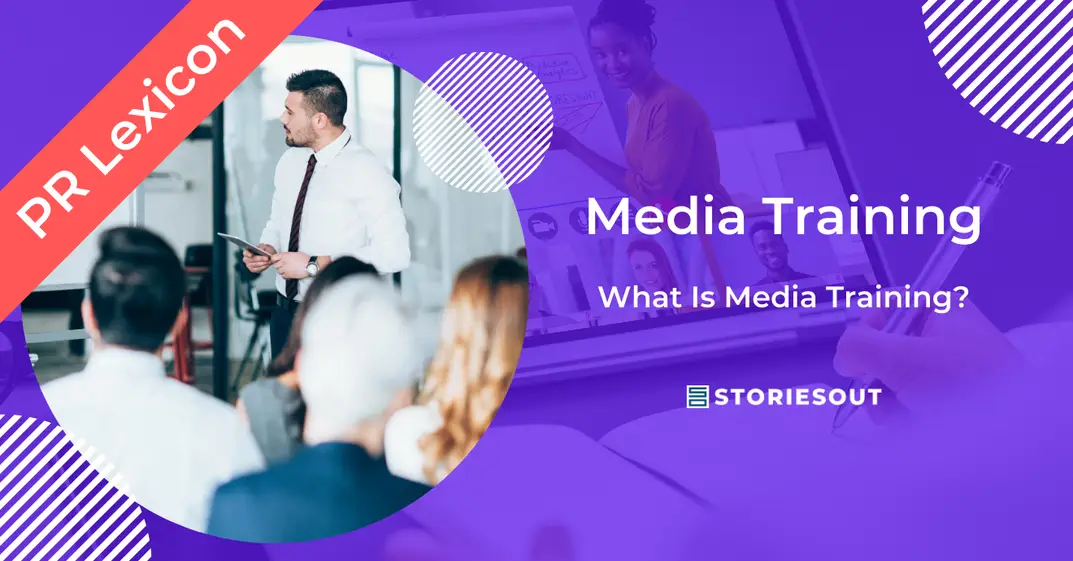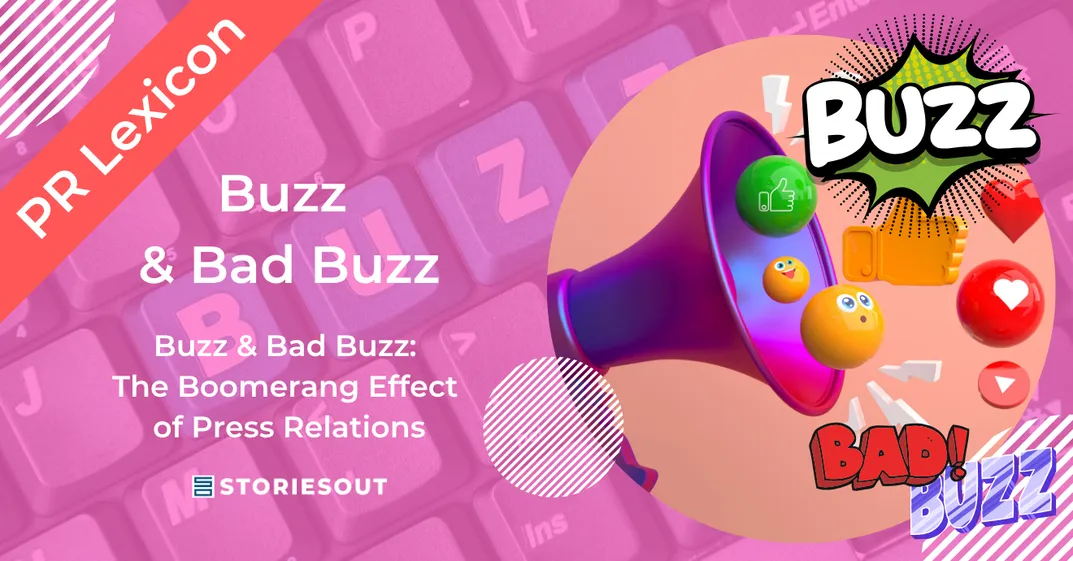What Is Media Training?
Media training is a coaching program designed for professionals to help them handle media interactions, including television, radio, online interviews, and press conferences. The goal is to enable them to communicate clearly, effectively, and with confidence, while avoiding mistakes that could damage their image or that of their organization.
This type of training is beneficial for various profiles: executives, spokespersons, communication managers, politicians, experts, or anyone exposed to public speaking.
Sessions typically cover:
- Managing stress and stage fright in front of cameras.
- Learning verbal and non-verbal communication techniques.
- Developing key messages to deliver.
- Handling tough questions or crisis situations.
- Adapting speech to different types of media.
Note that the absence of stress or nervousness must also be addressed, as it can lead to a decrease in vigilance.
Media training is an essential tool for turning a simple speech into a strategic communication opportunity.
What Are the Origins of Media Training?
The exact origins are difficult to trace, but its development is closely linked to the rise of audiovisual media in the 20th century.
The early days: training for politicians and the military
In the 1960s, with the advent of television, politicians began receiving coaching to manage their image and communication. In the United States, the 1960 televised debate between John F. Kennedy and Richard Nixon is often cited as a turning point. Kennedy, who appeared more comfortable on camera, gained an advantage over Nixon, who seemed nervous and fatigued. This election highlighted the importance of mastering public image to convince audiences.
1980s-1990s: professionalization of media training
With the rise of 24-hour news channels, companies and institutions realized the importance of training their spokespersons. During this period, media training became a structured discipline, taught by experts from journalism and crisis communication.
Today: an essential tool in the digital age
The rise of social media and digital platforms has transformed media training techniques. Spokespersons must now navigate not only traditional media but also online interviews, live broadcasts, and viral videos. The demand for responsiveness and authenticity has reinforced the need for regular training.
What Is the Role of Media Training in Public Relations?
Media training is a strategic tool in public relations for:
- Enhancing credibility: A well-prepared message builds trust and legitimacy.
- Managing crises: In the event of a PR crisis or negative media coverage, a well-handled response can limit the damage and restore confidence.
- Avoiding journalistic traps: Some interviews contain leading or tricky questions. Good media training teaches how to navigate these traps while staying in control of the message.
- Improving public speaking skills: By refining diction, posture, and body language, media training helps speakers become more confident and impactful.
- Maximizing media impact: Every word matters in an interview. Effective media training helps craft concise, powerful, and memorable messages.
Should Media Training Be Practiced Regularly?
Yes, media training is not a one-time exercise but an ongoing process. Communication evolves with media trends, requiring continuous preparation:
- Regular simulations: The more you practice, the more you develop reflexes to respond confidently.
- Constant updates: Communication techniques change with media and digital trends. What worked five years ago may no longer be effective today.
- Adapting to new formats: Live interviews on TikTok, YouTube, or LinkedIn Live, as well as podcasts, require comfort across multiple communication channels.
- Better stress management: Like any training, repetition helps reduce stress and improve speech fluency.
The most successful leaders and spokespersons continue to train, as effective communication cannot be improvised.
Conclusion
Media training is an essential skill for anyone required to speak publicly. Originating from the rise of audiovisual media, it has become more professional over time and adapted to new digital realities. In public relations, it helps manage image, prevent crises, and optimize the impact of every media appearance. Regular training is the key to mastering messages and effectively persuading an audience.




